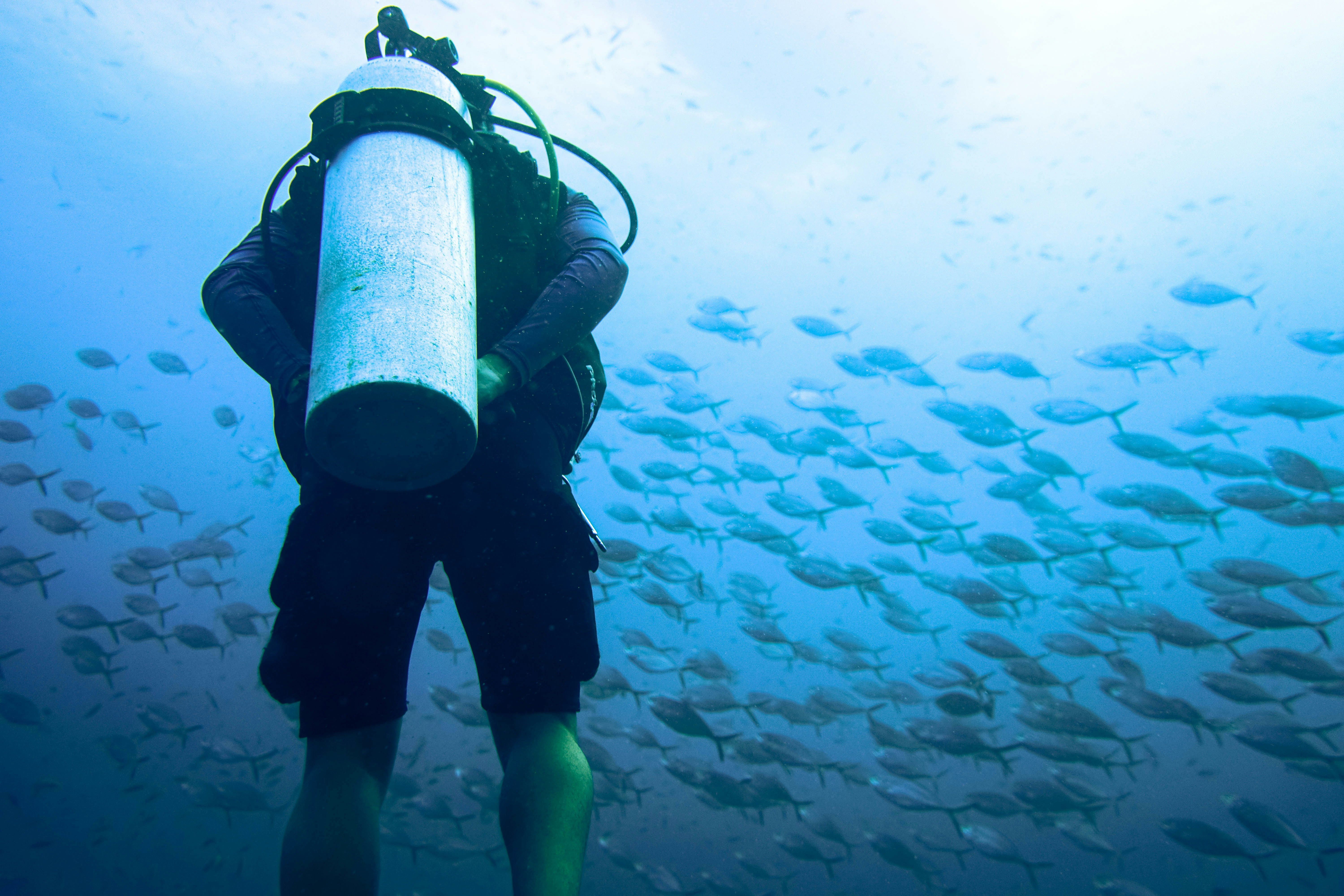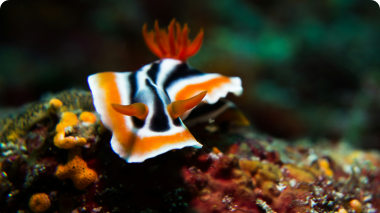Did you ever unintentionally fill up a diesel engine with petrol? Realising the mistake brings a paralysing rush of despair. With petrol in a diesel engine, that’s it — engine failure, game over. But the other way around it’s not quite so bad, the car will probably even start, albeit a little smoky. Likewise in life, there are some organisms that can flexibly use more than one fuel type, whilst for others its game over.
Humans are aerobic — our fuel is oxygen, and this is non-negotiable. But for a good billion years or so life on Earth was completely anaerobic — living and generating energy in the absence of oxygen. So what changed?
We are inseparable from oxygen, but life itself is not. Even today there are anaerobic microorganisms still living off fuels like carbon dioxide or methane. They can be found within obscure corners of the Earth, within extreme environments, including sulfuric lakes, deep-sea hydrothermal vents or 100°C degree hot springs.
So, can anaerobic organisms also survive off oxygen? For some species, just like the diesel engine, it would be game over from exposure. Other species won’t die from exposure but still can’t utilise oxygen as a fuel. Then there are non-specialist microscopic anaerobes, a flexible few. These, like the petrol engine, are equipped with cellular machinery that allows them to also make use of oxygen, despite not being their preferred fuel of choice.
Somehow, around 2 billion years ago, almost like some video game play setting, our unicellular ancestors successfully switched fuels as the Earth transitioned into oxygen mode. This dramatically transformed the course of evolution and brought a new range of challenges and possibilities that continue to drive the biology of our bodies today. But just how did our anaerobic ancestors survive through this oxygenic revolution?
Anaerobic Earth
When life began, roughly 4 billion years ago, life was doing great without oxygen. But even with just the small, residual remnants around, organisms actively invested in mechanisms to avoid or defend against oxygen’s harmful toxicity. Why? Because oxygen is bad news, it’s a destructive, mutagenic, and toxic gas that without sufficient defences will do a lot of damage.
Just think what happens to your bike left outside in the rain, or that half-cut apple exposed to the air –hardly desirable! This is because oxygen in the air we breathe is a free radical — cue wide-eyed disbelief — yes, the very thing food marketing campaigns tell us we must remove through consuming their antioxidant-rich products. Then what are free radicals?
Just for a moment, if we flashback to high school chemistry. You may (or may not) remember that atoms are encircled by rings of electrons that love to go around in pairs. In stable, unreactive molecules, all the electrons are nicely paired up and balanced out. However, reactive molecules like oxygen contain unpaired electron(s)eager to find a companion and are known as free radicals.
As a free radical, oxygen will readily react with diverse molecules. Oxygen’s ‘goal’ is to pair up its electrons with whatever it can rapidly interact with. This can be great when it comes to helping us harness energy by reacting with sugars like glucose (i.e., respiration). But it can have seriously destructive consequences if it reacts with molecules like your DNA — imagine rusty DNA? That does not sound good!
Oxygen’s Rise
Some 2.1 -2.4 billion years ago, blue-green-looking microbes called Cyanobacteria began polluting the Earth’s atmosphere with oxygen. These microbes had evolved the ability to split water with energy from the sun (photosynthesis), which produced oxygen as a by-product. This is almost the exact opposite of pollution today — where oxygen burns with coal, oil, or gas, producing carbon dioxide as a by-product.
In early Earth’s methane rich atmosphere, oxygen was an unusual and unwelcome toxin. Although just how quickly oxygen levels rose is still up for debate. Initially, the process was very slow, buying organisms some time to evolve. Nevertheless, it marked the end of a new beginning.
So, was one microbe’s trash (i.e., oxygen) another microbe’s treasure? Perhaps eventually, but likely not at first. Some microbes were simply just better equipped to survive the toxic exposure as oxygen levels gradually rose. Given the perilous dangers of encountering even the scarce remnants that were around, certain anaerobic microbes had already pre-evolved oxygen defences from prior encounters.
Microbes tolerating this rising oxygen exposure subsequently adapted to use it as an alternative new fuel. Since bacteria reproduce at a rapid rate, they can evolve substantially faster than any animal. And, surprisingly, the evolutionary step required to adapt anaerobic metabolisms was relatively small. So, bacteria soon adapted aerobic (oxidative) metabolisms as the Earth’s atmosphere transitioned.
Eventually, populations of these sun-loving, oxygen-pooping, blue-green microbes would explode, significantly altering the composition of the atmosphere. Indeed, hay days of the anaerobes were over, as are perhaps the diesel engines of today’s car industry. Instead, a new world began to emerge that has dominated Earth ever since.
Reaping the risks and rewards
Despite its radical dark side, oxidative metabolisms are hugely more efficient. Organisms that adapted to harness this super-powered fuel could grow bigger and become multicellular, opening the doors for complex animal life. Because of this, organisms with aerobic metabolisms easily outcompeted their anaerobic counterparts and came to dominate the planet.
But to depend on this once foe, we pay a levied price. Our bodies are meticulous regulators, armoured with elaborate defences to conceal the true nature of our oxygenic elixir. Remarkably, some of these defences –particular types of antioxidants — originated from our ancient bacterial relatives that have survived through Earth’s oxygenic transformation.
However, no defence system is completely infallible. Many chronic human diseases and age-related ailments can be attributed in one way or another to the toxic effects of oxidative metabolisms. For instance, oxidative stress (from an imbalance of free radical oxygen) can disrupt a cell’s typical replication cycle and lead to the growth of cancer.
Given our dependence on oxygen, this outlook could seem bleak. But by understanding more about the evolutionary journey life has gone through to successfully live and breathe Earth’s atmosphere today, we can better direct future research for medicines and identify root causes of human diseases (e.g., autoimmune responses, microbial gut health).
It is important to remind ourselves that biology, is not binary. Just as we now depend on oxygen, which was once a poison to our microbial ancestors, perhaps the atmosphere could change again? Luckily though, unlike car engines, biology is for the most part a little flexible.







